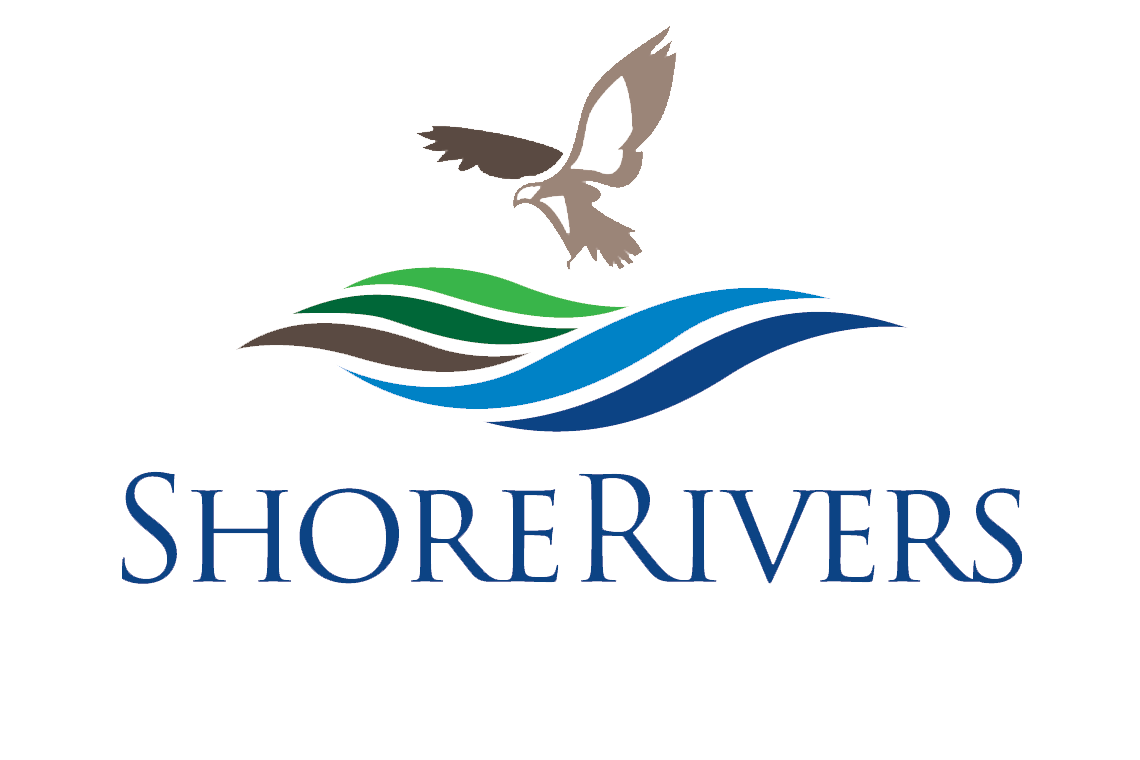Water Chestnut Removal
Since 1969, the Sassafras River has been plagued by the invasive Eurasian water chestnut (Trapa natans), which poses a serious threat to the health of the river, the quality of local ecosystems, and recreation opportunities. These plants form dense mats that float at the river’s surface, blocking sunlight from reaching critical submerged aquatic vegetation, depleting dissolved oxygen from the water column, and preventing boat traffic from navigating to certain areas of the river.
Historically, this harmful invasive covered more than 200 acres of river, but with years of removal efforts water chestnuts have been knocked back to a fraction of that number. There is still a lot of work to be done, as one acre left alone will grow to 100 acres in one year. Seed pods can remain viable in the mud for up to 12 years, so timely removal is required every year to prevent this nuisance from spreading.
Each summer—from May to August—the Sassafras Riverkeeper works with the Maryland Department of Natural Resources, local organizations, and dozens of volunteers to remove this invasive species from the Sassafras. Removal efforts involve traveling to remote areas of the river by kayak, canoe, jet ski, or jon boat and physically pulling the plant out from the river bottom. Volunteers can go out on their own to remove the invasive species or attend organized water chestnut removal days. These volunteers are called Water Chestnut Warriors. This is a great way to see some hidden gems on the river while making a tangible difference in the health of our local ecosystems.



